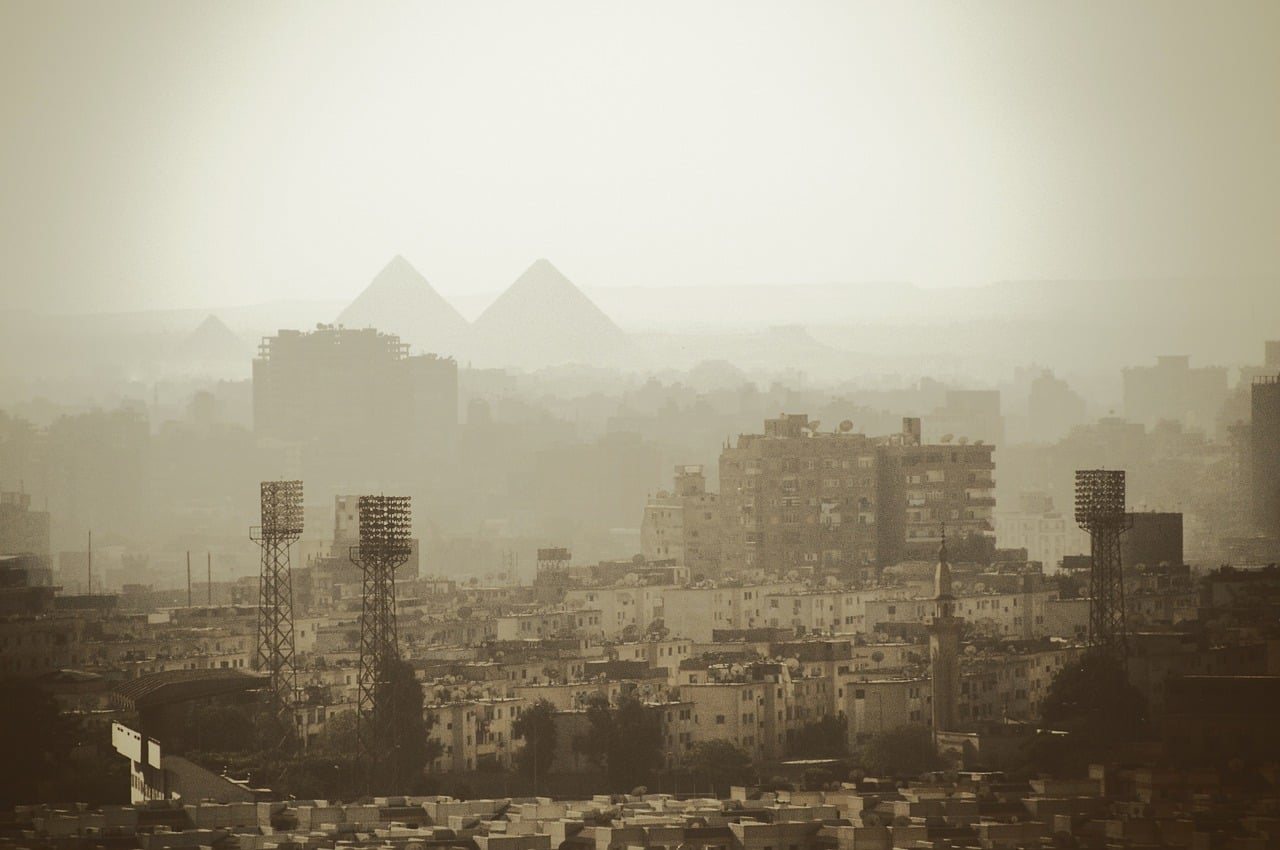Pollution has a terrible impact on the health of people. According to a report from the World Health Organization, 9 out of 10 people on the planet breathe polluted air. Pollution could cause heart diseases, lung diseases, cancer, pneumonia, insomnia, and respiratory infections. The WHO estimates that fine particles in polluted air kill more than 7 million people every year. Earlier this year, the World Health Organization (WHO) published its report on the most polluted cities in the world.
The WHO studied data of more than 4,000 cities in 100 countries. The institution defines air quality based on two measures: PM10 and PM2.5. PM10 is the particulate matter that is 10 micrometers or less in diameter in the air. The PM10 level of 20 ug/m3 is considered safe.
PM2.5 is particulate matter 2.5 micrometers in diameter or less. The safe levels for PM2.5 particles are under 10 ug/m3. They are often tiny but deadly air particles and aerosols. The PM2.5 particles are considered more deadly because they stay suspended in the air longer and can easily enter your lungs.
Top 10 most polluted cities of 2018
The pollution in most cities is alarming! For decades, it was the Chinese cities such as Beijing and Shanghai that were covered in smog. But China has done a pretty good job reducing pollution in its cities. In contrast, India is still struggling. According to the WHO, nine of the top 10 most polluted cities in the world are in India.
10- Muzaffarpur, India
Located in Bihar, one of the poorest states in India, Muzaffarpur lies in the Indo-Gangetic plains. According to WHO, the average PM2.5 in Muzaffarpur is 120, much higher than the recommended 10 ug/m3.
9- Agra, India
The city of Taj Mahal. The average PM2.5 level in Agra is 131 due to pollution from cooking fuels, factories, and cars. The air in Agra is so polluted that the white marbles of the Taj Mahal have started turning yellow and green.
8- Bamenda, Cameroon
Bamenda in Cameroon is the only non-Indian city among the top 10 most polluted cities in the world. Unlike the Indian cities in the list, this African city has poor air quality due to excessive deforestation and changing weather patterns. The average PM2.5 is 132.
7- Lucknow, India
Lucknow has a vast and rich history with Mughal and colonial architecture. It is also the capital of Uttar Pradesh, the most populous state in India. Lucknow has an average PM2.5 of 138 due to burning garbage and fossil fuels.
6- Delhi, India
Delhi was the world’s most polluted city for years before the city and central governments launched a series of initiatives to reduce air pollution. Its ranking has since declined from 1st to 6th place. Its average PM2.5 level is still 143. Last year, the government had declared a public health emergency in Delhi after particulate matter levels crossed 70 times the safe limit temporarily. The air quality in Delhi worsens every year during winter.
5- Patna, India
Another city in Bihar is one of the most polluted cities in the world. The excessive population, vehicular emissions, power plants, and burning of cooking fuels make its air worse. According to WHO, the average PM2.5 is 144.
4- Gaya, India
Gaya is a holy city in Bihar with an average PM2.5 of 149, roughly 15 times the safe limit. Gaya is known for its dozens of Hindu and Buddhist temples.
3- Varanasi, India
Just a few hundred kilometers away from Gaya and Patna is Varanasi, one of the oldest cities in the world. It is the spiritual capital of Hindus. But Varanasi has witnessed worsening air quality over the years. The average PM2.5 is 151, according to the WHO.
2- Faridabad, India
Faridabad is an industrial city adjacent to New Delhi. Vehicles, industrial pollution, and burning of crops in nearby villages severely affects ts air quality. The average annual PM2.5 is 172, but it jumps significantly higher during winter.
1- Kanpur, India
Kanpur is the world’s most polluted city with the annual average PM2.5 level of 173, about 17x higher than the WHO’s recommended limit. Kanpur is famous for its leather industry, and leather tanneries release dangerous chromium into the air.
The WHO director-general Tedros Adhanom Ghebreyesus said, “If we don’t take urgent action on air pollution, we will never come close to achieving sustainable development.”
The Indian economy has grown rapidly over the past couple of decades, but little has been done to reduce pollution. The industrial regulations are weak. The rapid construction sends a lot of dust and other particles in the air. The toxic emissions from coal-fired power plants make things even worse.





